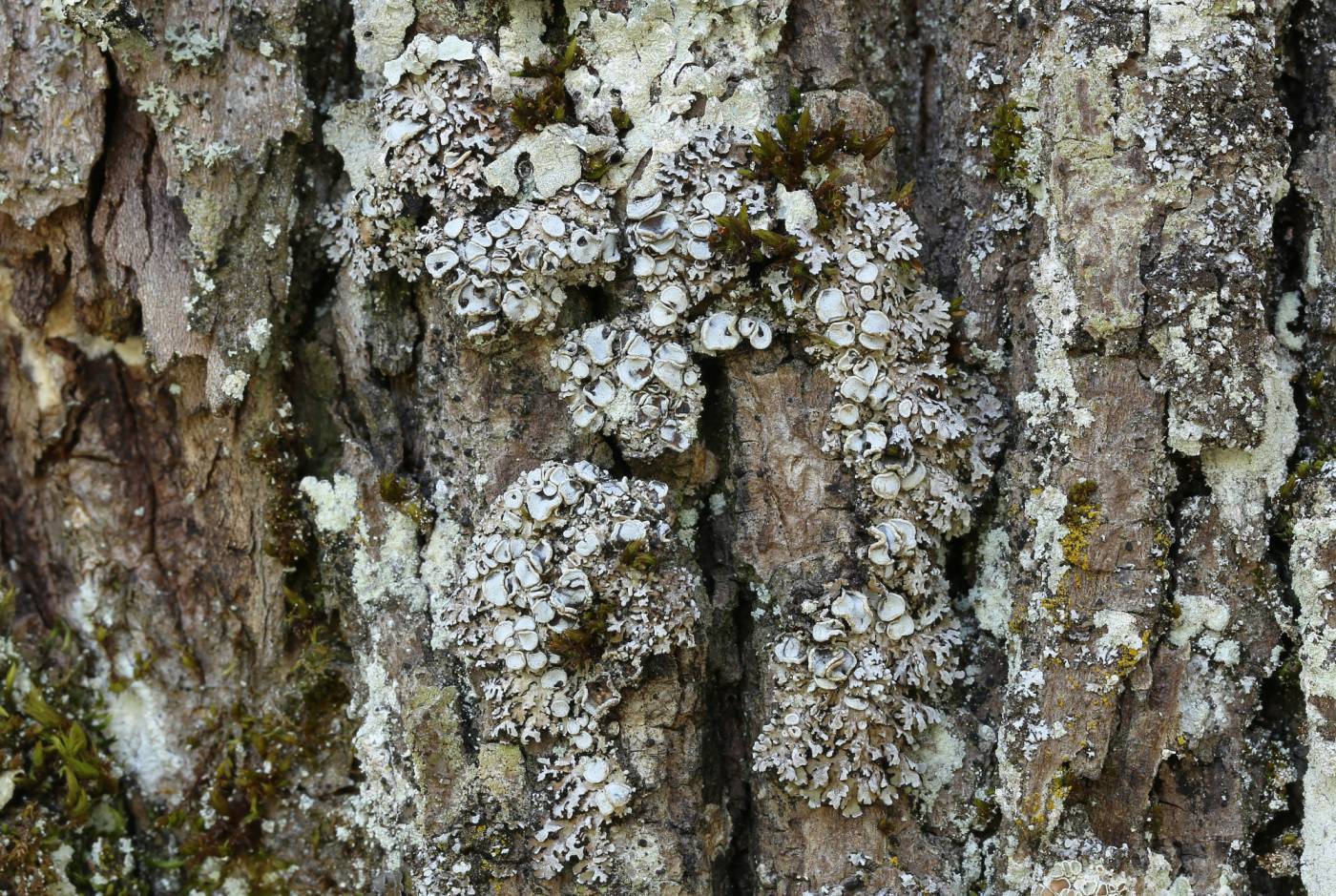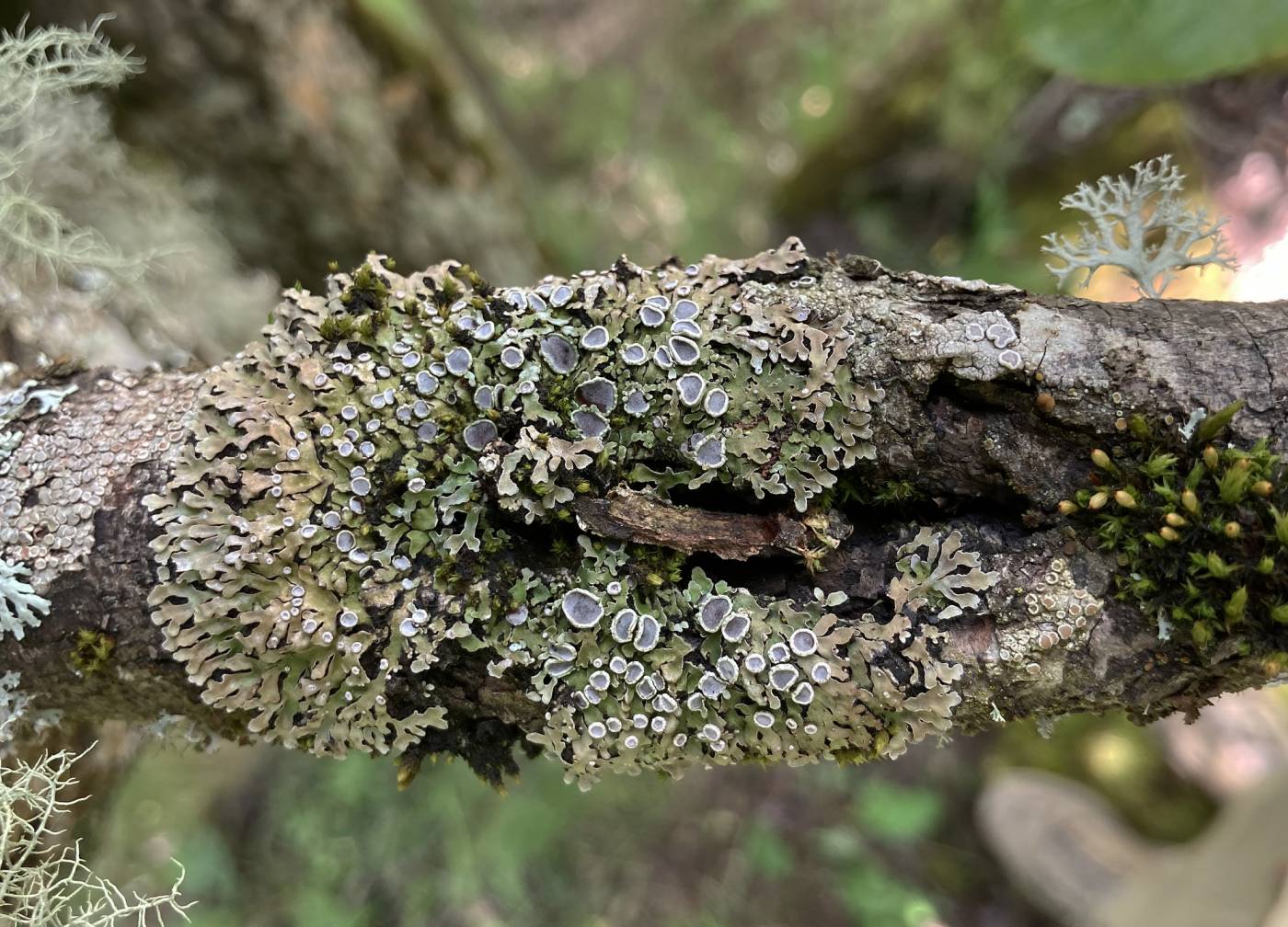A sexually reproducing Physconia species with often richly fertile thalli. It is typically found on deciduous trees with higher bark pH (such as ash or Norway maple), mainly outside of forests (tree avenues, solitary trees in villages or along roads, etc.). Rarely, it is also recorded on mossy rocks. The lichen is widely distributed in Europe; from the Mediterranean to the boreal zone. In the Czech Republic, P. distorta is only locally distributed; it is absent from large areas but quite common in certain regions, such as mountain areas in southern Bohemia and the Carpathians. It has also been recorded in lowland forests (e.g., Podyjí, Soutok). It seems to be very sensitive to air pollution and eutrophication, so most of its recent localities are in areas with extensive agriculture.
A recently circumscribed P. thorstenii, distinguished by the anatomical structure of the upper cortex (Divakar et al. 2007), may also occur in the area of the Czech Republic, especially in areas with more continental climate.
Literature: Divakar P. K., Amo de Paz G., del Prado R., Esslinger T. L. & Crespo A. (2007): Upper cortex anatomy corroborates phylogenetic hypothesis in species of Physconia (Ascomycota, Lecanoromycetes). – Mycological Research 111: 1311–1320.
taxonomic classification:Ascomycota → Lecanoromycetes → Caliciales → Physciaceae → Physconia
Red List (Liška & Palice 2010):VU – vulnerable
Red List (Malíček 2023):C3 – endangered
Occurrence in the Czech Republic
All records: 82, confirmed 77. One click on a selected square displays particular record(s), including their source(s).

